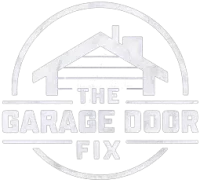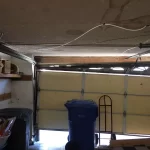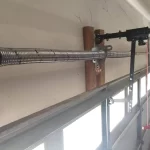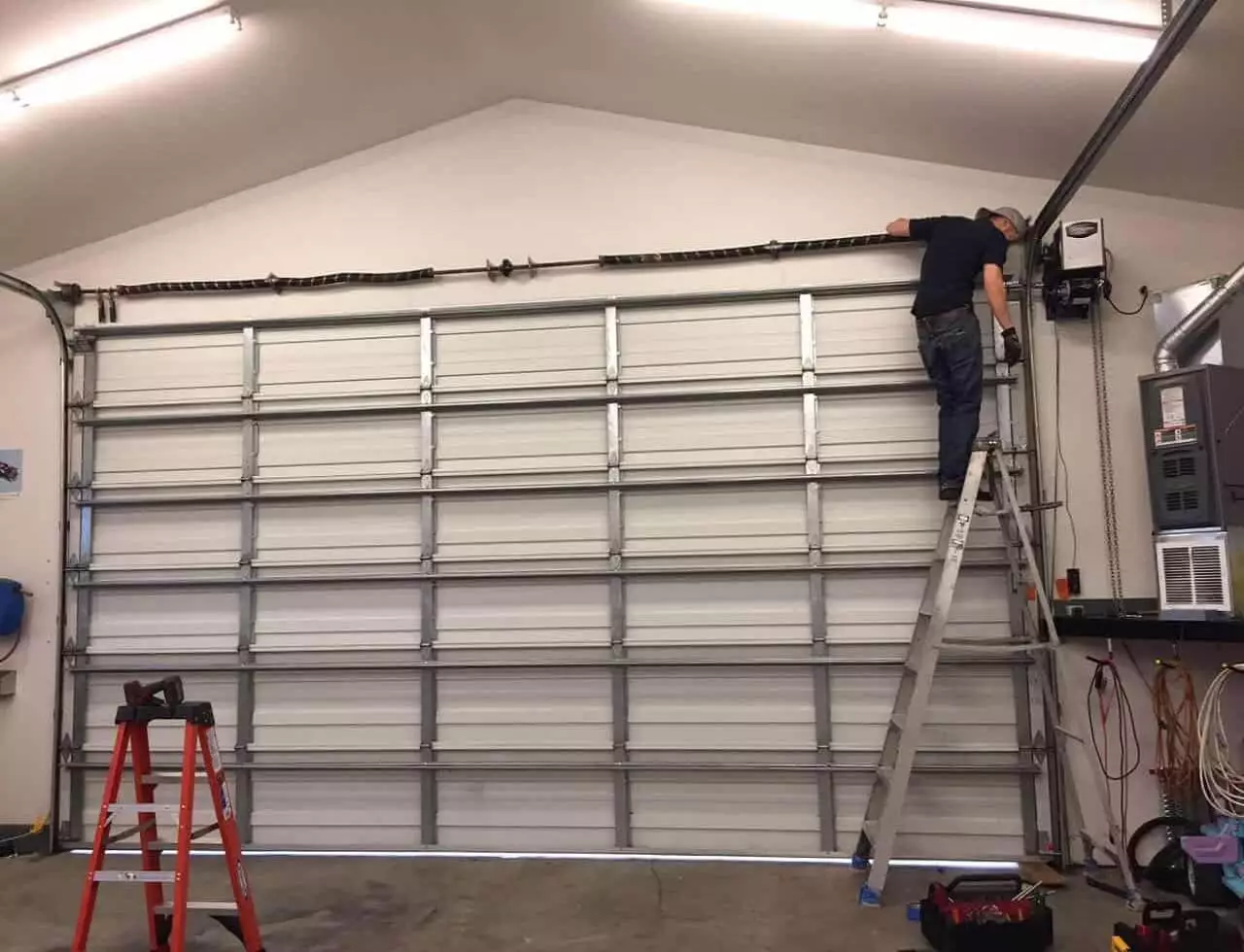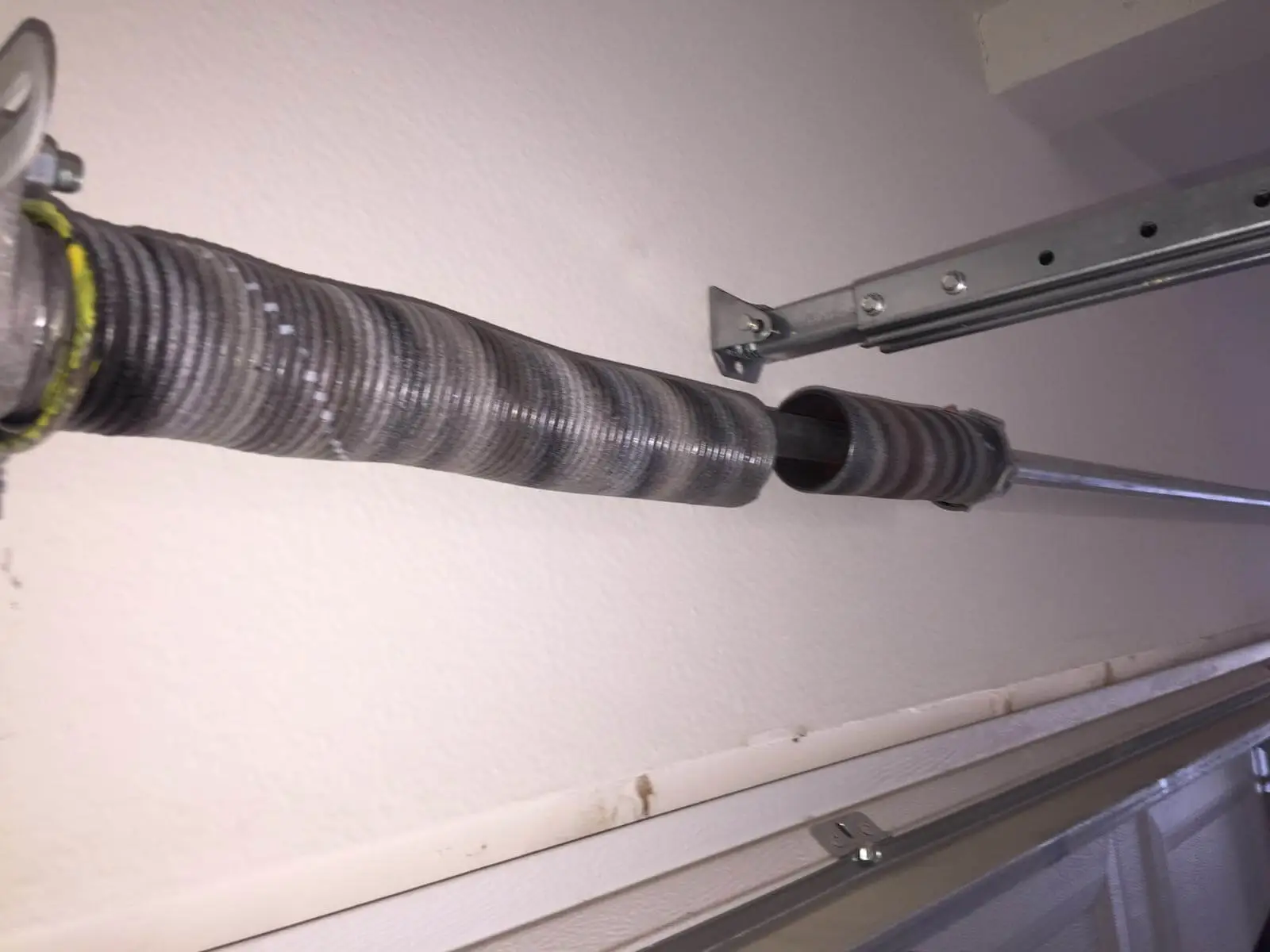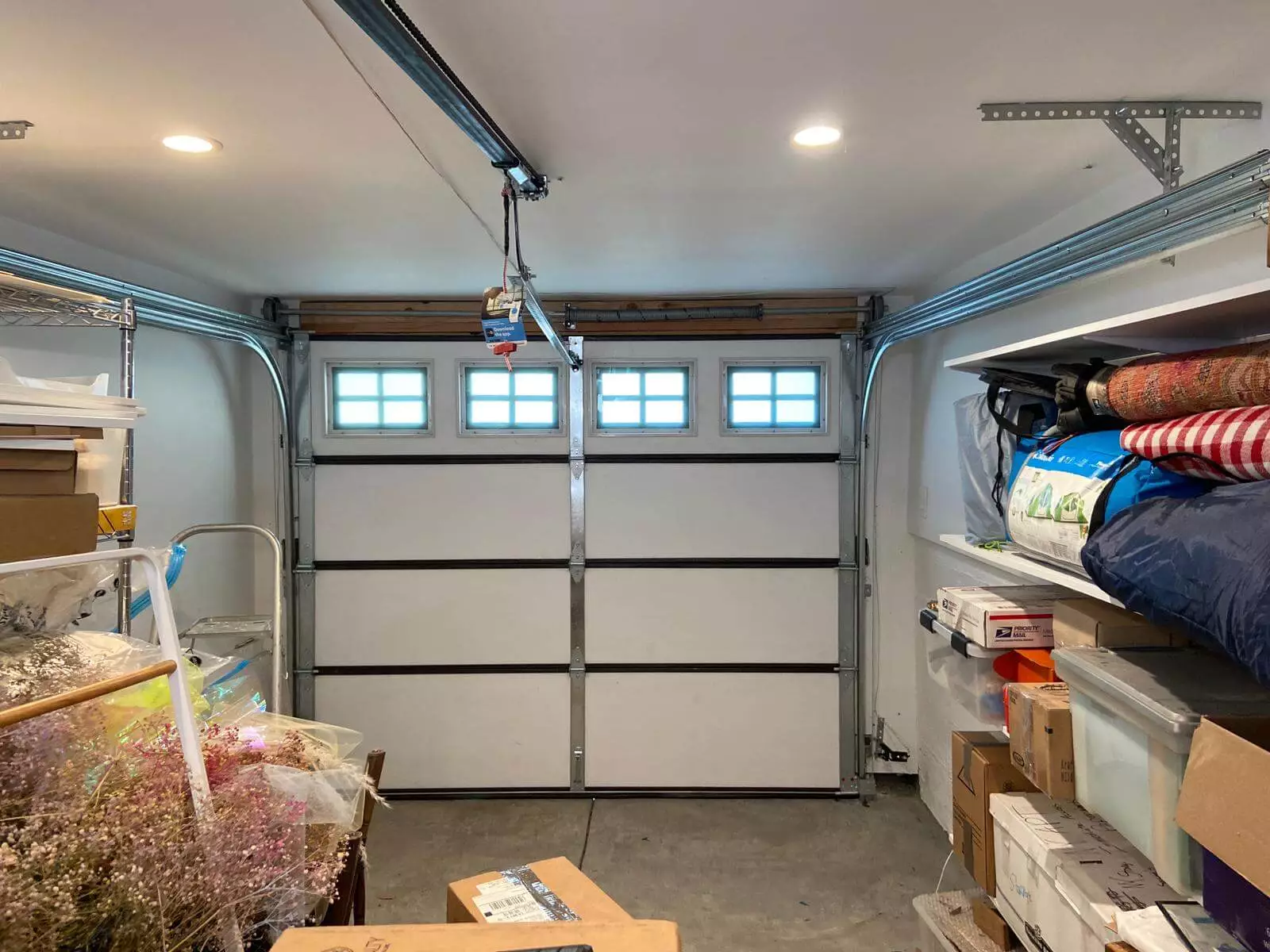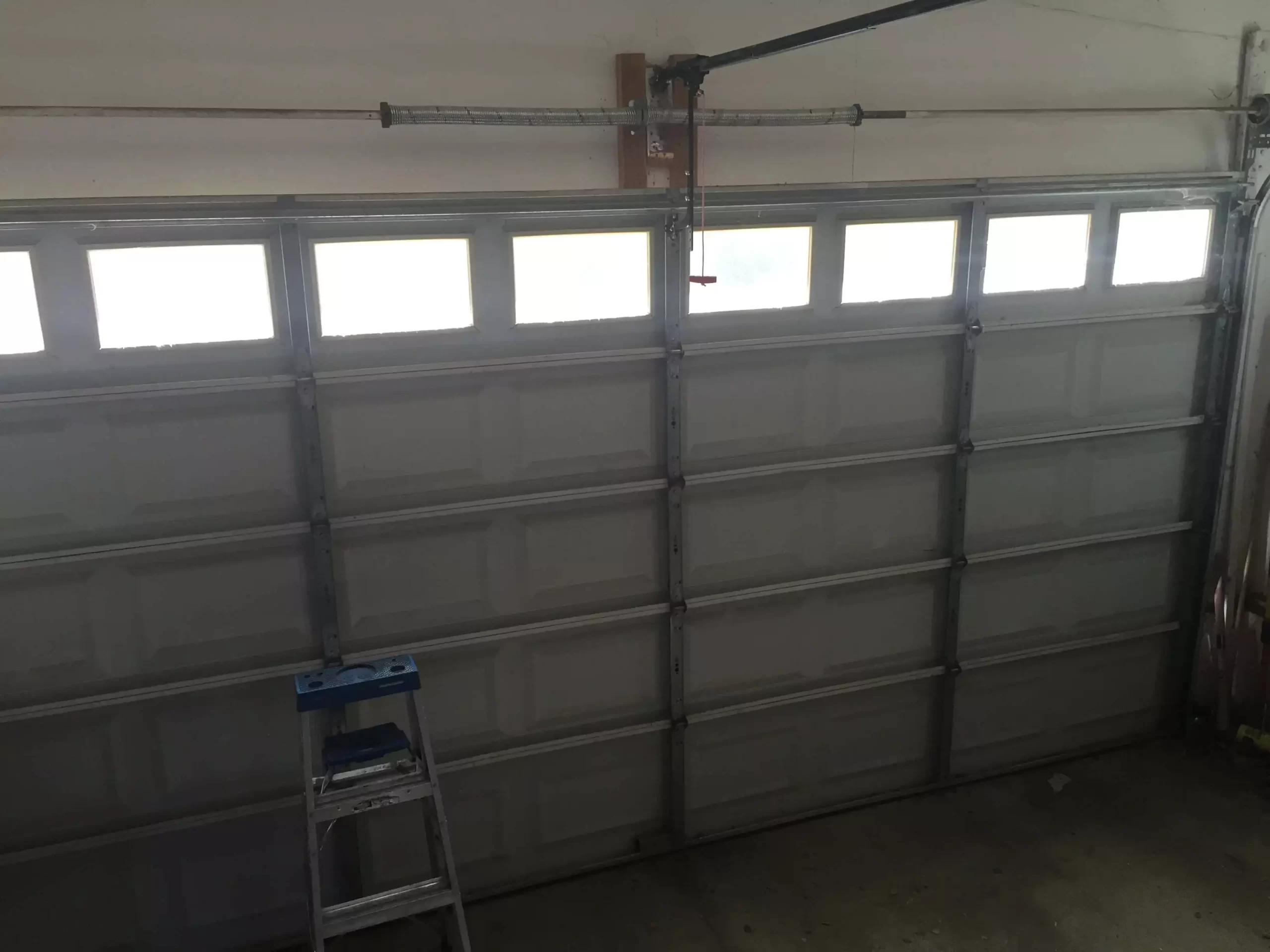When your garage door spring snaps, it can throw your daily routine into disarray. The door becomes a colossal obstacle, rendering your car inaccessible and leaving your belongings exposed. The inevitable question arises: Can you repair a garage door spring, or is it a job best left to the professionals?
In this comprehensive guide, we’ll delve into the intricacies of garage door spring repair, providing insights and tips that cater to this common query.
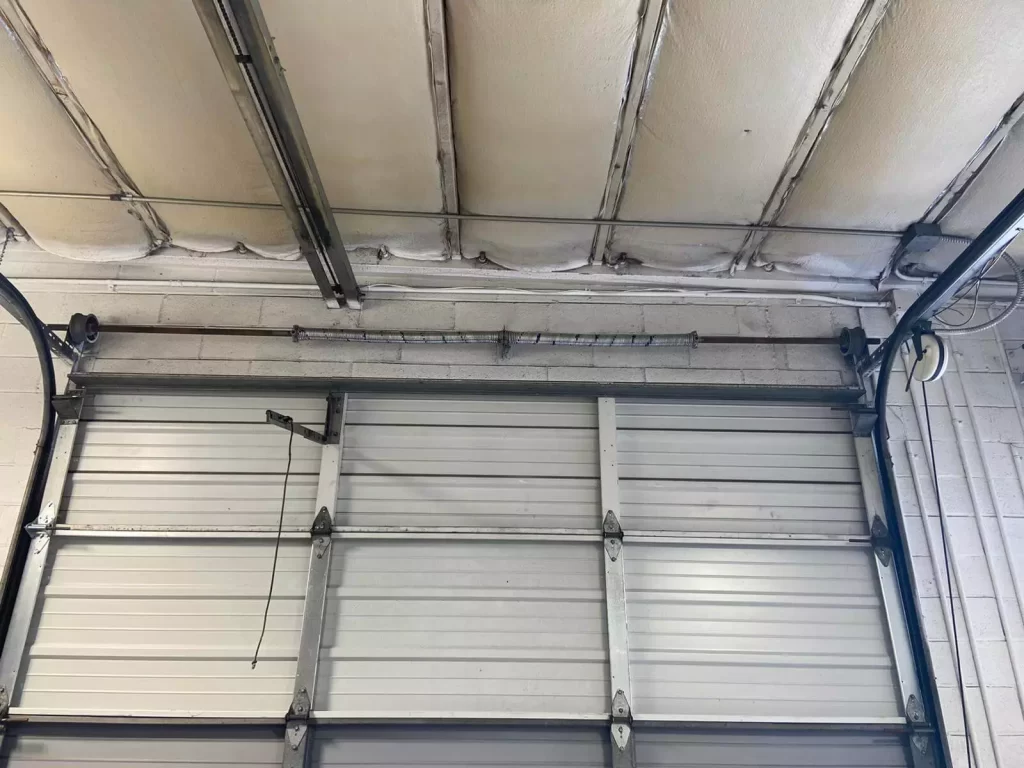
Table of Contents
Understanding Garage Door Springs
Garage door springs are critical components that counterbalance the weight of the door, enabling it to open and close smoothly. There are two main types of springs: torsion springs and extension springs. Torsion springs are typically located above the door, while extension springs run along the sides.
DIY vs. Professional Assistance
The decision to repair a garage door spring yourself or seek professional help depends on various factors. While some individuals with mechanical prowess may attempt a DIY fix, it’s important to note that garage door spring repair can be hazardous. Mishandling springs can lead to serious injuries or further damage to the door.
For residents of Midlothian and Petersburg, enlisting the services of a reputable garage door repair company is advisable. These locations often experience fluctuating weather conditions that can affect the lifespan of garage door springs. Professionals possess the expertise to diagnose the issue accurately and implement a safe and effective solution.
Key Steps for Garage Door Spring Repair
- Safety First: Before attempting any repairs, ensure your safety by disconnecting the power to the garage door opener and wearing protective gear, including safety glasses and gloves.
- Evaluate the Issue: Examine the springs for signs of damage, such as visible gaps or frayed cables. Identifying the type of spring is crucial, as torsion springs require a different approach than extension springs.
- Gather Tools: You’ll need a set of winding bars, a wrench, pliers, and a ladder to perform the repair.
- Torsion Spring Replacement: For torsion springs, it’s recommended to seek professional help due to the high tension involved. Mishandling torsion springs can lead to severe injuries.
- Extension Spring Replacement: DIY replacement of extension springs is possible, but it requires meticulous attention to detail. Follow manufacturer instructions closely and ensure proper installation.
- Regular Maintenance: To prevent future issues, conduct regular maintenance by lubricating the springs and other moving parts of the door.
In conclusion, repairing a garage door spring is a task that requires careful consideration and attention to safety. While some may opt for a DIY approach, seeking professional assistance is often the wisest choice, especially in areas like Midlothian and Petersburg, where weather conditions can impact the durability of garage door springs. By following expert guidance and prioritizing safety, you can effectively address this common issue and restore the functionality of your garage door.
FAQs
Can I repair only one spring if the other seems fine?
Yes, it’s possible to replace only one spring if the other is in good condition. However, it’s recommended to replace both springs to maintain balanced tension and prolong their lifespan.
How often should I replace garage door springs?
Garage door springs typically last around 10,000 cycles, which equates to around 7 to 10 years for an average household. Factors such as weather conditions and frequency of use can affect their longevity.

Safety-first is Donald’s motto. He’s your guide to a secure garage space, offering advice that puts your peace of mind front and center.
